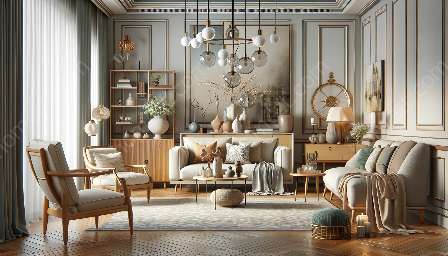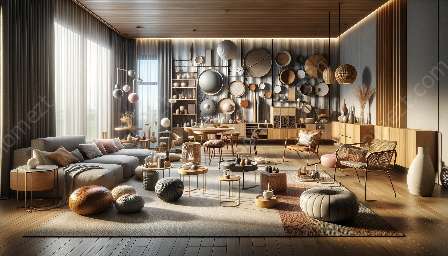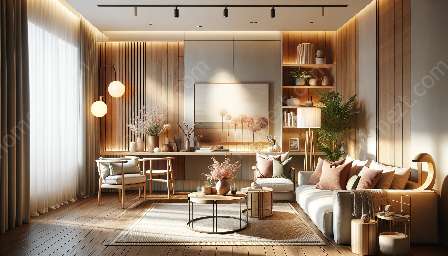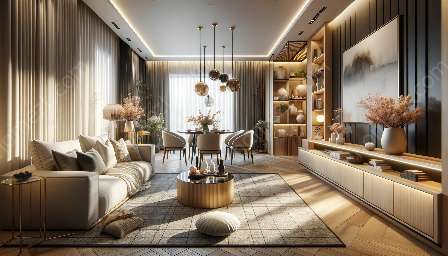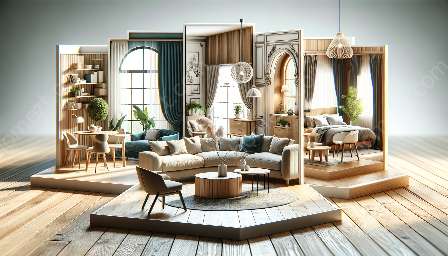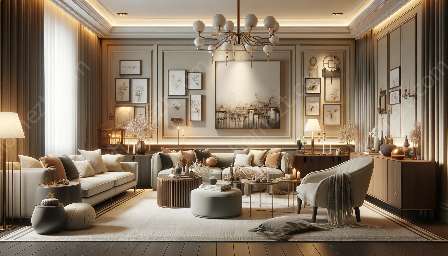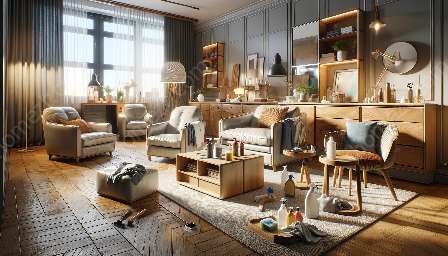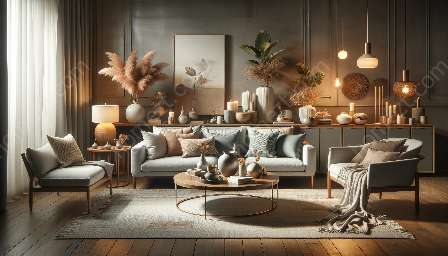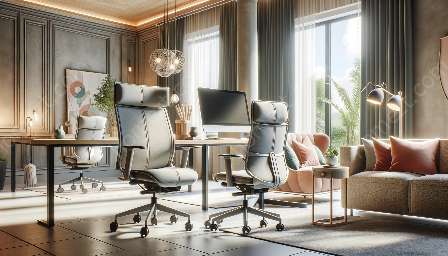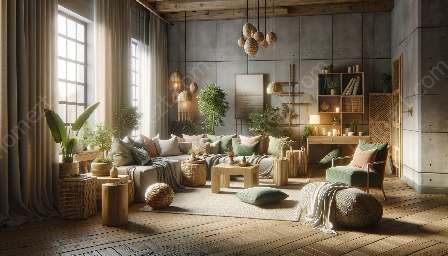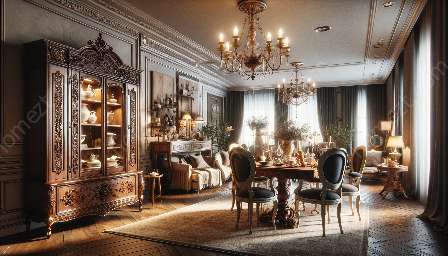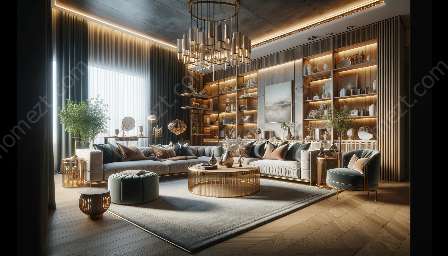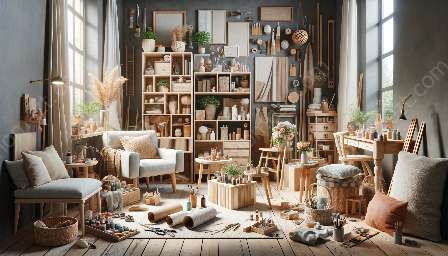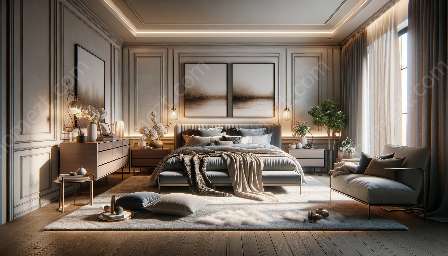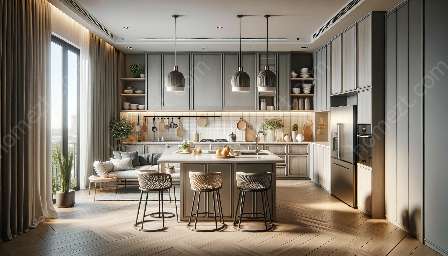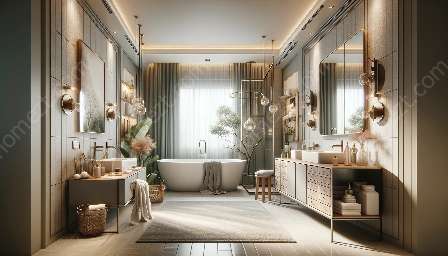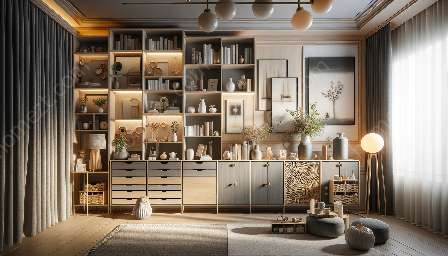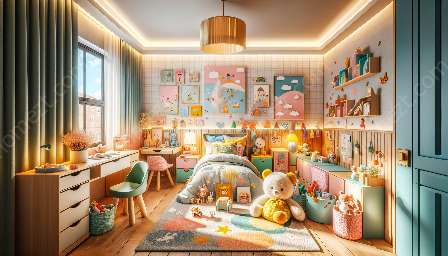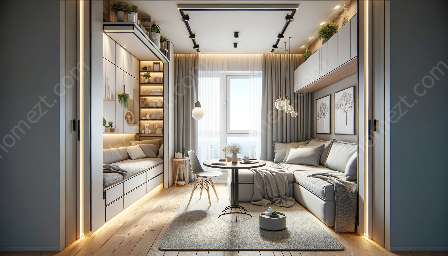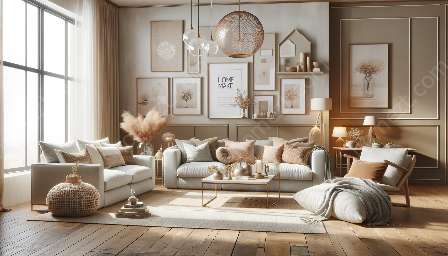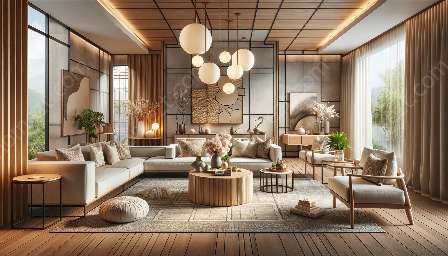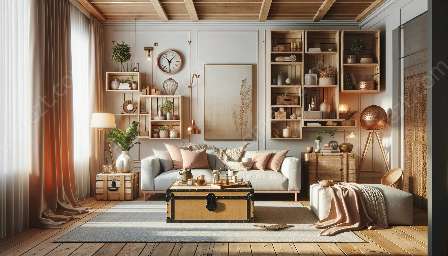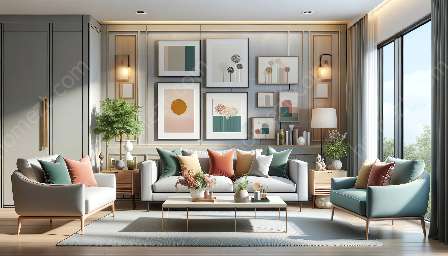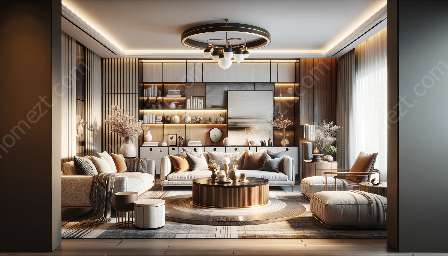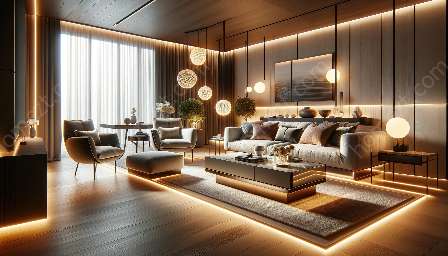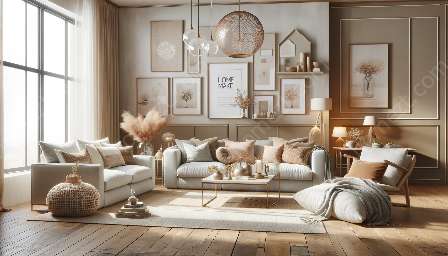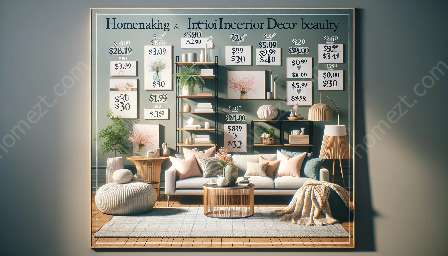Furniture arrangement plays a crucial role in creating an attractive and functional living space. Whether you're looking to maximize space in a small room or create a cozy atmosphere in a larger one, the way you arrange your furniture can significantly impact the look and feel of your home.
Tips for Arranging Furniture
When it comes to arranging furniture, there are a few key principles to keep in mind to ensure a harmonious and visually appealing layout.
Consider the Room's Function
Before you begin arranging furniture, consider the room's primary function. If it's a living room, think about creating conversation areas. For a bedroom, prioritize comfort and relaxation. Understanding the purpose of the space will guide your furniture placement decisions.
Measure and Plan
Take accurate measurements of the room and your furniture pieces. Use these dimensions to create a floor plan, either on paper or digitally. This will help you visualize different layouts and ensure that the furniture you have will fit well in the space.
Establish a Focal Point
Identify the focal point of the room, such as a fireplace, a large window, or a piece of artwork. Arrange the furniture to highlight this focal point, creating a sense of balance and visual interest.
Create Balance
Balance is key to a visually pleasing furniture arrangement. Distribute the visual weight of the furniture evenly throughout the space. For example, if you have a large sofa on one side of the room, balance it with an armchair and a coffee table on the other side.
Arranging Furniture by Room
Living Room
In the living room, consider creating multiple seating areas if the space allows. Place sofas and armchairs around a central coffee table to encourage conversation. If the room is small, opt for space-saving furniture such as modular sofas or nesting tables.
Dining Room
When arranging furniture in the dining room, ensure that there's enough space for comfortable movement around the dining table. Allow for at least 36 inches of clearance between the table and the walls or other furniture. Consider using a sideboard or buffet to store dining essentials and maintain an uncluttered look.
Bedroom
In the bedroom, the bed should be the focal point. Position it against the longest wall to maximize space. Balance the room by adding nightstands on either side of the bed and consider a comfortable reading nook with a cozy chair and a small side table.
Homemaking and Interior Decor
A well-arranged space contributes to a sense of harmony and comfort, reflecting the art of homemaking. Interior decor elements such as rugs, artwork, and lighting play a vital role in enhancing the overall ambiance of a room. Consider these elements as you arrange the furniture to create a cohesive and inviting setting.
Accessorize with Décor
Once the furniture is in place, add decor accessories such as throw pillows, rugs, and wall art to inject personality and style into the room. These elements can tie the furniture arrangement together and elevate the visual appeal of the space.
Make Use of Lighting
Lighting can transform the mood of a room and highlight the furniture arrangement. Incorporate a mix of ambient, task, and accent lighting to create layers of illumination. Consider using statement lighting fixtures to add a touch of elegance and style.
Experiment and Adapt
Arranging furniture is a creative process that may require some trial and error. Don't be afraid to experiment with different layouts and be open to adapting your arrangement based on the flow of the space and your personal preferences.
In Conclusion
Arranging furniture is an art that goes beyond mere placement. It involves considering the function of the room, creating balance and harmony, and incorporating design elements to enhance the overall aesthetic. By following these tips and guidelines, you can arrange your furniture in an attractive and real way that complements your home design and reflects your personal style.

